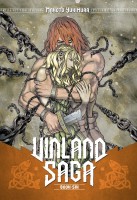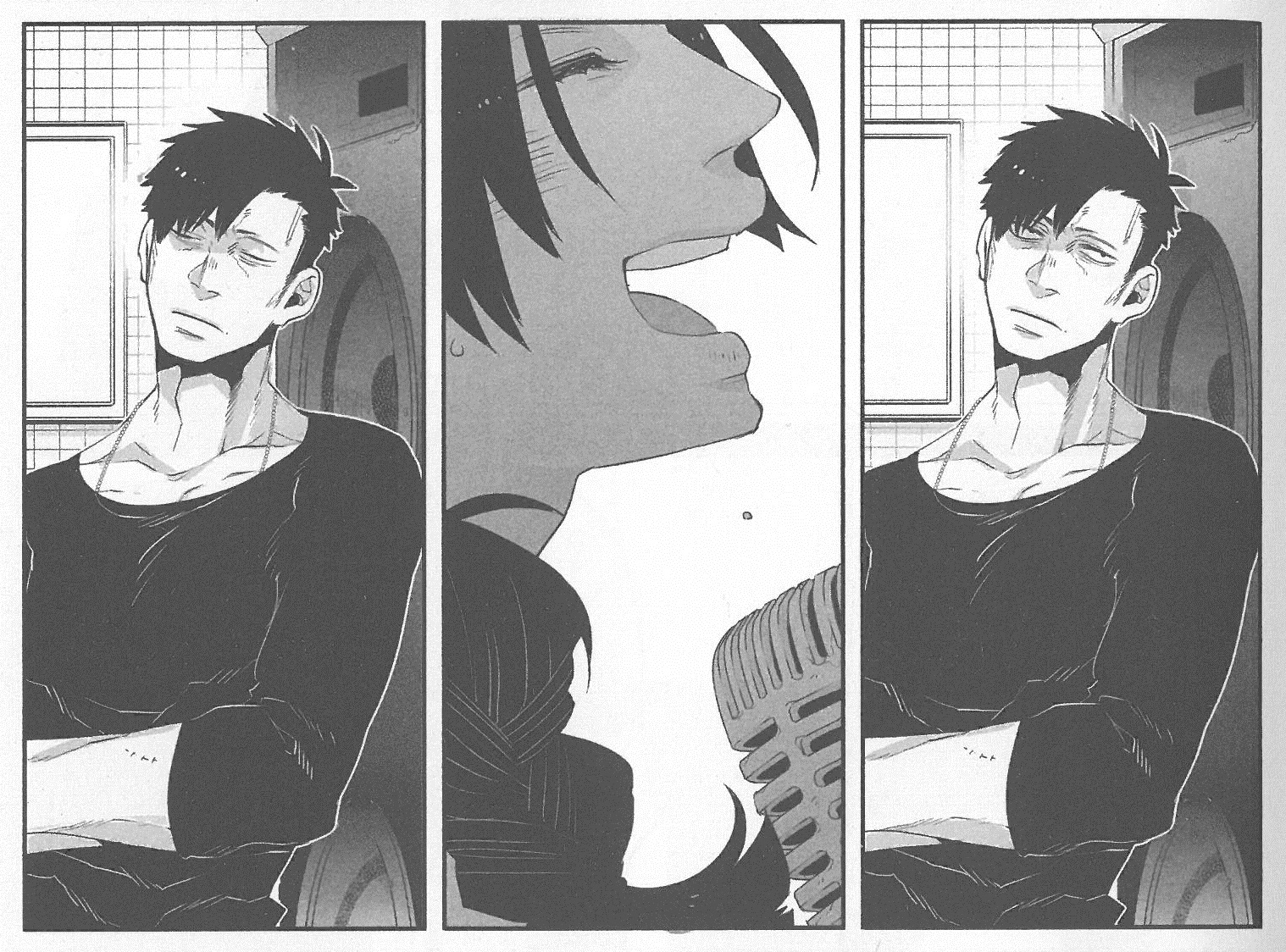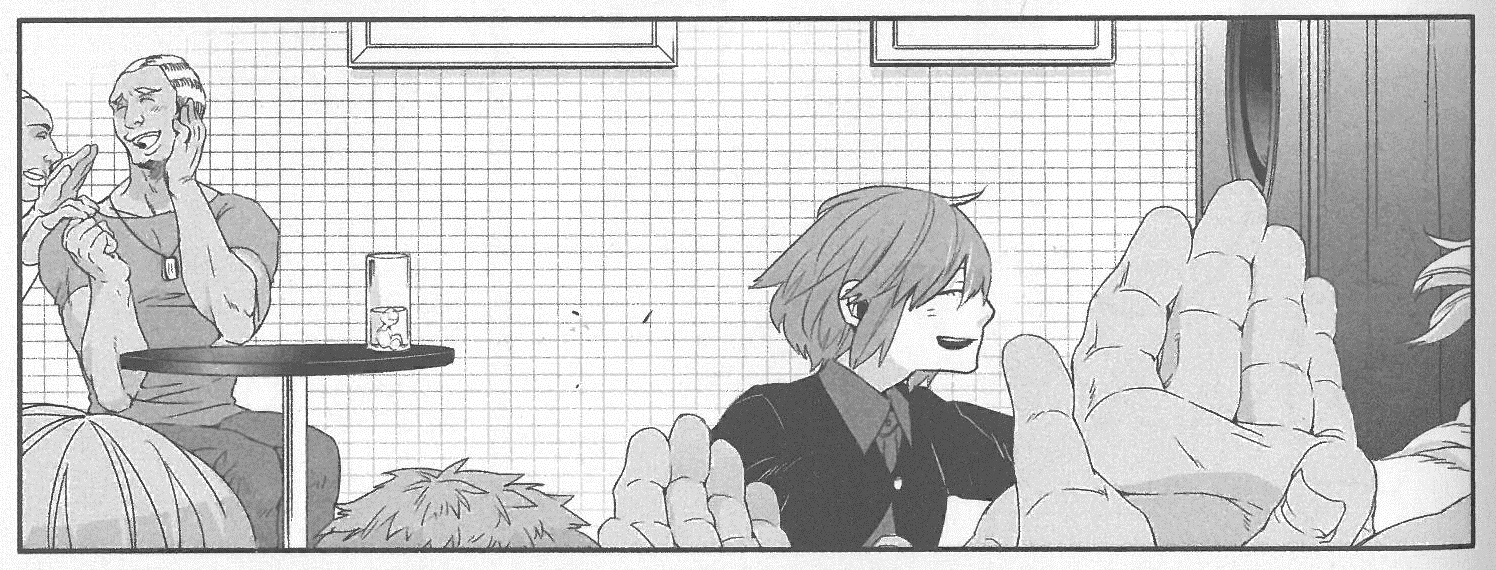Another month has passed and my collection of books and manga continues to grow. (I am, however, in the process of pulling together a rather large library donation, so at least there will at least temporarily be space for new acquisitions.) I had quite a few Kickstarter rewards arrive last month which I was happy to see. I’m especially looking forward to reading the TJ and Amal epilogue comic Five Years Ago and Three Thousand Miles Away by E.K. Weaver and the queer science fiction and fantasy comics anthology Beyond. Last month I started trying to collect Kyoko Hikawa’s manga series From Far Away, which may take some time to complete since it’s out of print, but if that fails at least it’s now available digitally. I also managed to find a fairly nice copy of Hideshi Hino’s out-of-print Panorama of Hell for a reasonable price, which is one of the best horror manga that I’ve ever read. (It’s definitely not for the weak of heart or stomach, though) Speaking of horror, Junji Ito’s Cat Diary: Yon & Mu, probably my most anticipated October release, is now available! Expect an in-depth review to come soon, but for now know that I absolutely loved it.
Manga!
Alice in the Country of Clover: March Hare by Soyogo Iwaki
Alice in the Country of Clover: The March Hare’s Revolution by Ryo Kazuki
Battle Angel Alita, Volumes 1-5 by Yukito Kishiro
Because I’m a Boy! by Asia Watanabe
Boys Over Flowers, Volumes 1-4 by Yoko Kamio
Citrus, Volume 2 by Saburouta
Devil Survivor, Volume 1 by Satoru Matsuba
Fairy Tail, Volume 50 by Hiro Mashima
From Far Away, Volumes 1-3 by Kyoko Hikawa
Horimiya, Volume 1 written by Hero, illustrated by Daisuke Hagiwara
Imadoki!, Volumes 4-5 by Yuu Watase
Junji Ito’s Cat Diary: Yon & Mu by Junji Ito
Kare Kano: His and Her Circumstances, Volumes 2-3 by Masami Tsuda
Kiss Him, Not Me!, Volume 1 by Junko
LDK, Volume 1 by Ayu Watanabe
Love at Fourteen, Volume 4 by Fuka Mizutani
My Little Monster, Volume 10 by Robico
Ninja Slayer, Volume 1: Machine of Vengence written by Yoshiaki Tabata, illustrated by Yuki Yogo
Noragami: Stray God, Volume 7 by Adachitoka
Otouto no Otto by Gengoroh Tagame
Pandora Hearts, Volume 4-9 by Jun Mochizuki
Panorama of Hell by Hideshi Hino
QQ Sweeper, Volume 1 by Kyousuke Motomi
Say I Love You, Volume 9 by Kanae Hazuki
Slam Dunk, Volumes 3-14, 17-20, 23-25, and 27 by Takehiko Inoue
Tenshi Ja Nai!!, Volumes 1-3 by Takako Shigematsu
Tokyo ESP, Volume 1 by Hajime Segawa
Tokyo Ghoul, Volume 3 by Sui Ishida
Witchcraft Works, Volume 7 by Ryu Mizunagi
Wolf Magic by Natsuki Zippo
The World’s Greatest First Love, Volumes 2-3 by Shungiku Nakamura
Comics!
Beyond: The Queer Sci-Fi & Fantasy Comic Anthology edited by Sfé R. Monster
Check Please!, Year One by Ngozi Ukazu
Darlin’ It’s Betta Down Where It’s Wetta, Volume 1 by Megan Rose Gedris
The Fall of the House of West written by Paul Pope, JT Petty, illustrated by David Rubín
Get Jiro: Blood and Sushi written by Anthony Bourdain and Joel Rose
Five Years Ago and Three Thousand Miles Away by E.K. Weaver
Last Man, Volume 3: The Chase by Bastien Vivès, Michael Sanlaville, and Balak
Lost in the Snow, Volume 2 by Velvet Toucher
The Less Than Epic Adventures of TJ and Amal by E.K. Weaver
Lumberjanes, Volume 2: Friendship to the Max created by Grace Ellis, Noelle Stevenson, and Shannon Watters
Meaty Yogurt, Volume 1: Small Town Blues by Megan Rose Gedris
Anthologies!
Hanzai Japan: Fantastical, Futuristic stories of Crime from and about Japan edited by Nick Mamatas and Masumi Washington
Artbooks!
Art Collection, Volume 1: 2011-2015 by Inuyoshi
Anime!
Kitaro directed by Katsuhide Motoki
Paprika directed by Satoshi Kon
Tekkon Kinkreet directed by Michael Arias








